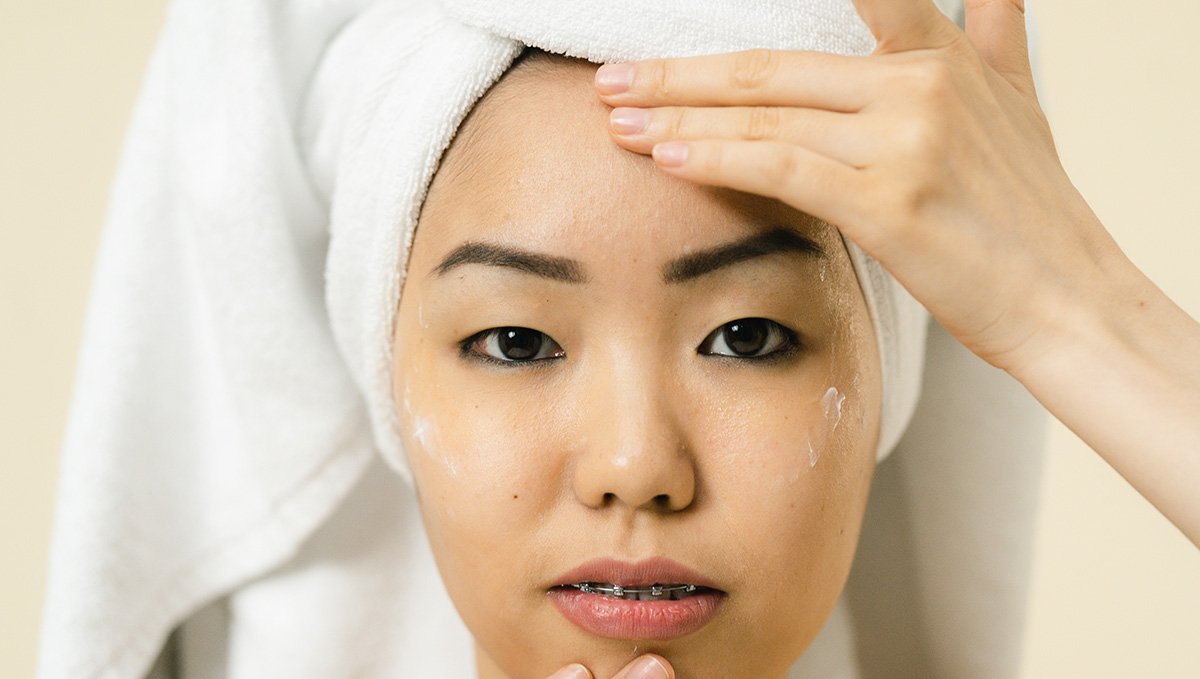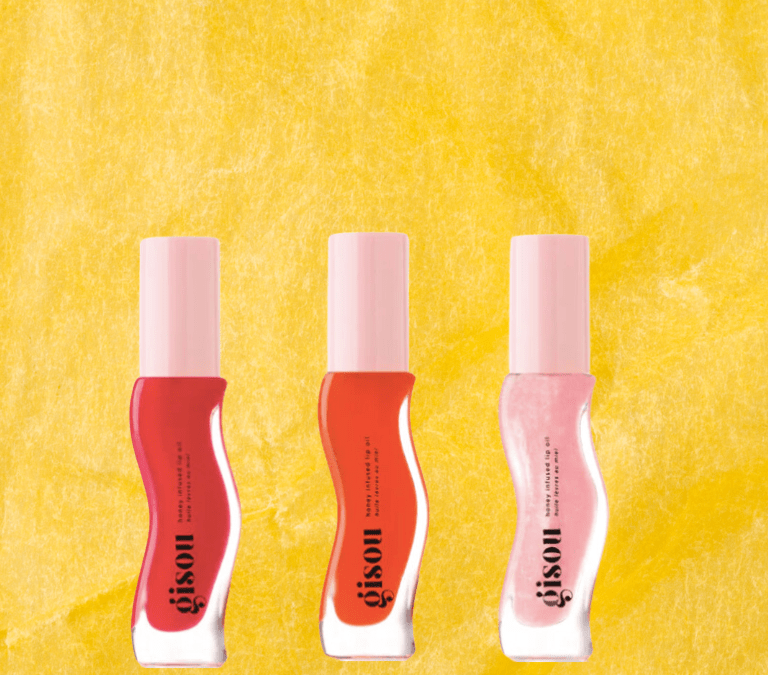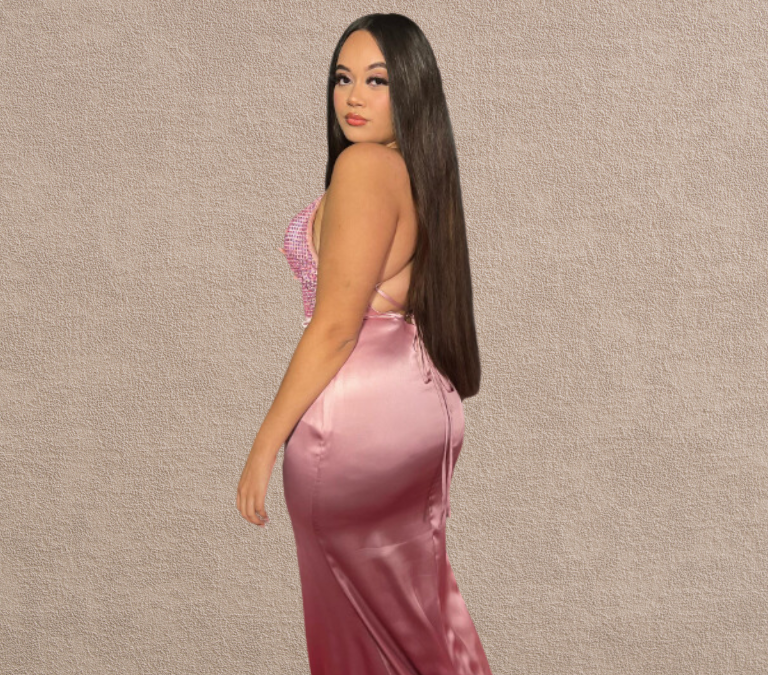
The secret to healthy looking, glowing skin is making sure you’re moisturizing. It may not be the fountain of youth, but it’s pretty close.
Moisturizing your skin is critical as it’s needed to compensate for when your skin loses essential hydrators in your skin, like lipids, water, or both. A good moisturizer should contain hydrating ingredients that provide moisture and then the right ingredients to seal that moisture within the skin.
[SEE ALSO: What Are Ceramides And Why Are They Essential In Your Skincare Routine?]
But with so many options available, we know that choosing the perfect moisturizer can be tricky. So, here’s a quick guide on how to choose the right moisturizer depending on your skin type.
To determine if a moisturizer is right for your skin type, let’s first deep dive into the main ingredients found in moisturizing creams. These ingredients can be divided into three categories.
Humectants
Humectants are ingredients that retain water in the skin, increase the natural moisturizing factors, and thus help your skin maintain a healthy hydration level. The most commonly used hydrating ingredients in cosmetic products are glycerin, hyaluronic acid, glycols, panthenol, allantoin, amino acids (glycine, arginine, and proline), hydrolyzed proteins, thermal water, and 10% urea.
Humectants are so crucial that many products are only composed of them. These include products like serums, essences, and hydrating mists.
Emollients
Emollients are ingredients that fill in rough areas of your skin, instantly giving it a soft and smooth feel. Some common emollients include caprylic / capric triglycerides, ceramides, cholesterol, fatty alcohols (cetyl alcohol / cetearyl alcohol), vegetable oils (jojoba oil, olive oil, argan oil), coconut alkenes, and squalene.
A typical example of emollients is a facial oil (such as jojoba oil, olive oil, macadamia oil, argan oil, almond oil, or rosehip oil).
Occlusives
Occlusives are heavy-textured substances like butters and waxes. They work by forming a physical barrier on your skin, helping seal in hydration, and prevent it from evaporating into the environment.
Occlusives include petrolatum (vaseline), paraffin, shea butter, beeswax, vegetable wax, and silicones (dimethicone), among others. Balms, night creams, and body butter often contain a significant amount of occlusive ingredients and are ideal for treating extremely dry skin areas.
Now that you’re familiar with the three types of moisturizing ingredients, you can choose a moisturizer based on your skin’s needs.In general, a good moisturizing product should have all three types of ingredients. But here are some extra tips based on your skin type.
Dry To Normal Skin
If you have dry to normal skin: Consider using more nourishing creams that include humectants such as hyaluronic acid as well as emollients and occlusive ingredients in high percentages in their formula.
Combination Skin
If you have oily or combination skin: You can opt for gels or gel-based moisturizers that offer a high percentage of humectant ingredients and usually contain silicones (dimethicone) as occlusive ingredients to seal in hydration on your skin without leaving a greasy feeling.
Sensitive Skin
If you have sensitive skin: Consider using a moisturizer with a short ingredient list that contains all three types of ingredients, especially panthenol, and ceramides that have been found to help calm and protect sensitive skin. Also, choose a fragrance-free and hypoallergenic cream.
What moisturizer are you looking forward to adding into your skincare routine? Let us know in the comment section below!



